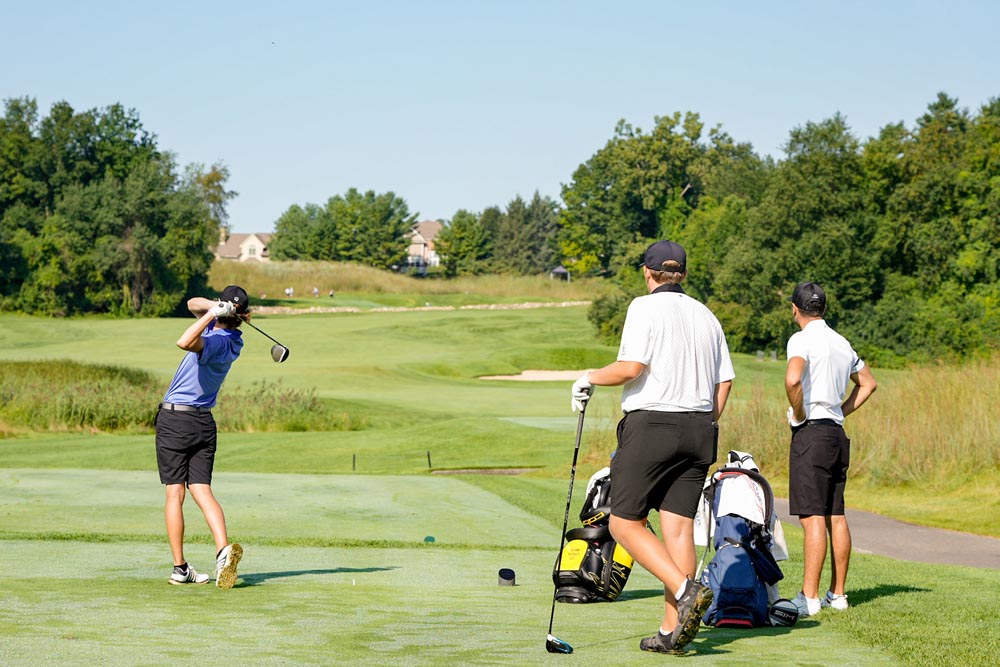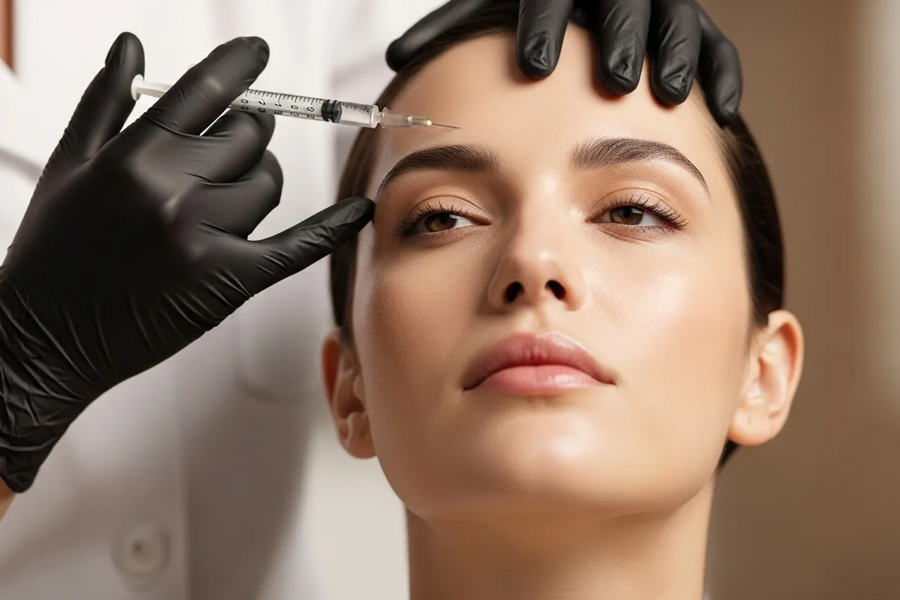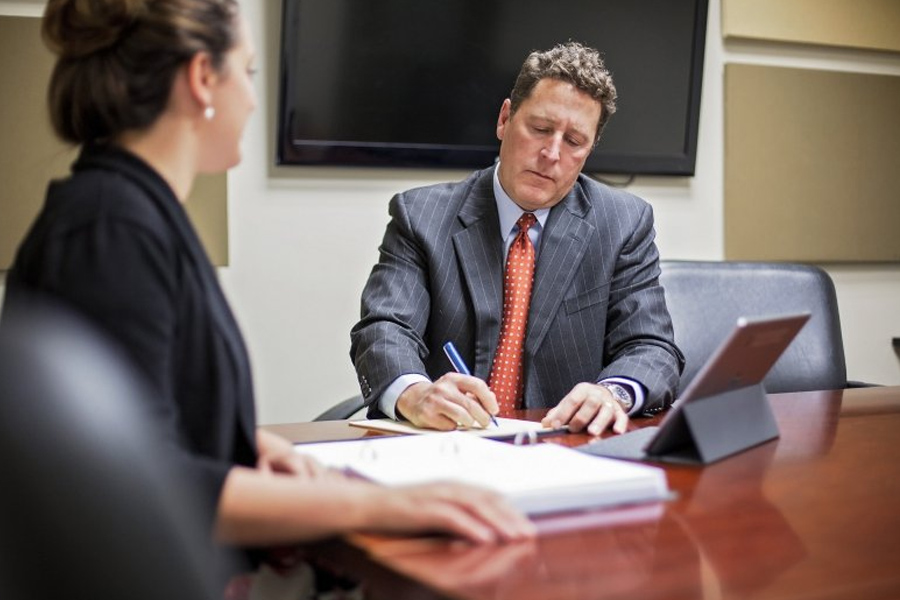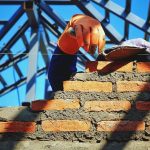Now Reading: What Role Does Exercise Play in Fighting the Signs of Aging?
-
01
What Role Does Exercise Play in Fighting the Signs of Aging?
What Role Does Exercise Play in Fighting the Signs of Aging?
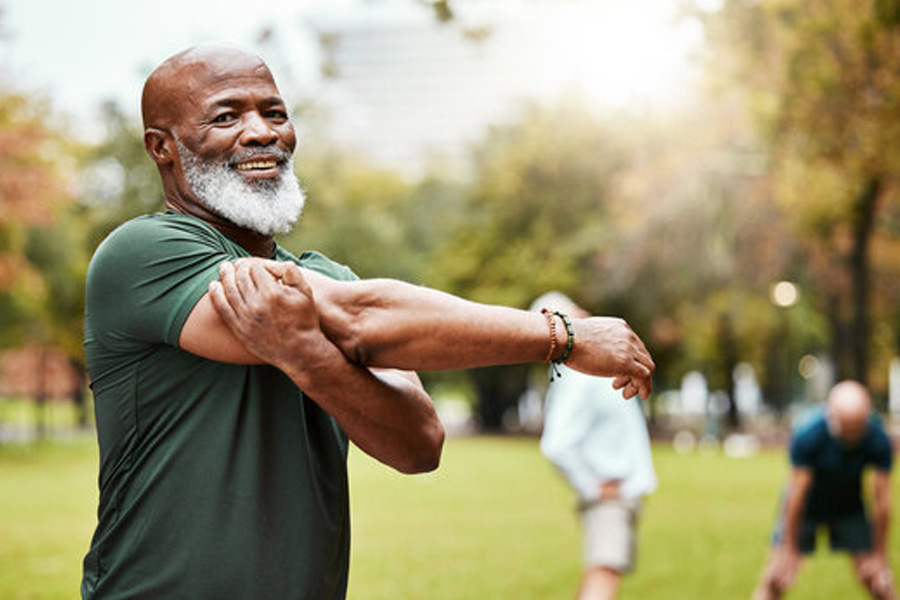
Picture this: you’re gliding through life like a character in a timeless film, where every step defies the script of growing older. Aging sneaks up like a subtle plot twist, but exercise? It’s your secret weapon, flipping the narrative. We’re talking about more than just sweating it out—it’s a full-on rebellion against time, backed by the kind of science that feels like insider knowledge from the lab. From the glow on your skin to the spark in your step, regular movement rewires how your body and mind handle the years. Let’s dive into this adventure, exploring how hitting the pavement or lifting those weights keeps you vibrant, scene by scene.
Physical Benefits: Slowing the Outward Signs of Aging
Imagine your body as a classic car—sleek, powerful, but in need of regular tune-ups to stay roadworthy. That’s where exercise shines, polishing the exterior while fortifying the frame. The visible shifts of aging, like sagging skin or a slouchy posture, don’t stand a chance when you’re in motion.
Start with muscle mass and bone density, those unsung heroes that keep you upright and unstoppable. As the decades roll on, sarcopenia creeps in, nibbling away at your strength starting in your thirties. But toss in some resistance training—think dumbbells or bodyweight squats—and you’re rebuilding those fibers like a master craftsman. It’s not just about looking toned; it’s mobility in action, dodging falls and fractures with grace. And bones? Weight-bearing moves like brisk walks or jogs crank up density, warding off osteoporosis. You’re essentially telling your skeleton, “We’ve got this,” ensuring it holds strong through the plot twists of life.
Then there’s your skin, that canvas reflecting every chapter. Aerobic vibes ramp up blood flow, shuttling oxygen and nutrients right where they’re needed, boosting collagen for that elastic bounce. Wrinkles fade, sagging takes a backseat, and your complexion? It glows like you’ve got a filter on. Exercise flushes out the junk too, leaving you with a fresh, radiant vibe that’s more than skin deep.
Don’t forget posture and flexibility—the elements that keep your silhouette sharp. Aging stiffens things up, but yoga or Pilates? They stretch and align, melting away tightness. Your gait stays youthful, your spine straight, turning everyday movements into a fluid dance.
Cellular and Hormonal Effects: Youthfulness at a Microscopic Level
Zoom in now, like a close-up shot revealing hidden depths. Exercise isn’t just surface-level magic; it dives into your cells, tweaking the very code of aging. It’s like having a backstage pass to your body’s inner workings, where telomeres, mitochondria, and hormones play starring roles.
Telomeres, those tiny caps guarding your DNA, shorten over time, signaling cells to wind down. But active folks? Their telomeres stretch longer, a cellular high-five that slows the aging clock. It’s as if exercise whispers, “Not today,” preserving your genetic blueprint.
Mitochondria, the energy factories inside every cell, get a boost too. More of them, working smarter—that means surging vitality and less decay. You’re fueling up for the long haul, keeping that inner fire burning bright.
Hormones join the party, balancing out as levels dip with age. High-intensity bursts or heavy lifts spike testosterone, estrogen, and growth hormone, maintaining muscle, energy, and even that spark in your relationships. It’s a hormonal harmony, orchestrated by your workouts.
Cognitive and Emotional Benefits: Sharpening the Aging Mind
Shift scenes to the mind, where exercise directs a symphony of sharpness and serenity. Aging might fog the lens, but movement clears it, enhancing brainpower and emotional resilience in ways that feel almost poetic.
Neuroplasticity takes center stage, with aerobic exercise pumping up the hippocampus—that memory hub. Brain volume grows, staving off decline and shielding against Alzheimer’s or Parkinson’s. It’s like upgrading your mental hardware, keeping thoughts crisp and learning lively.
Mood gets a lift too, as endorphins flood in, chasing away blues. Serotonin and dopamine dance, easing anxiety and depression that can shadow later years. Exercise becomes your natural mood mixer, turning potential lows into steady highs.
Sleep, that elusive recharge, improves dramatically. Deeper slumbers come easier, thanks to regulated rhythms and dialed-down stress. Wake up refreshed, ready to seize the day with clarity.
Disease Prevention: Reducing the Risk of Age-Related Illnesses
Now, let’s talk defenses—exercise as your shield against the villains of aging. Chronic threats loom larger with time, but consistent activity disarms them, one heartbeat at a time.
Cardiovascular health leads the charge. A stronger heart, lower pressure, smoother circulation—it’s all in the mix with aerobics. Bad cholesterol drops, good rises, slashing risks of attacks and strokes like a hero in action.
Diabetes and metabolic woes? Exercise sharpens insulin sensitivity, keeps weight in check, preventing those spikes. It’s metabolic mastery, keeping energy steady and syndromes at bay.
Cancer risks dip for certain types—colon, breast, endometrial—possibly through bolstered immunity and less inflammation. You’re empowering your body’s guards, vigilant and strong.
Immunity overall thrives with moderate moves, enhancing flow and curbing inflammation. Infections lose ground, illnesses fade, leaving you resilient.
Social and Psychological Advantages: Staying Connected
Beyond the solo sweat, exercise weaves social threads, combating isolation like a warm gathering in a cozy film. Group sessions or partner walks spark connections, easing loneliness that accelerates decline.
Self-efficacy surges too—hitting goals builds confidence, fostering independence. It’s empowering, a quiet triumph that adds zest to your story.
Types of Exercise That Fight the Signs of Aging
Variety is your script’s spice. Blend aerobics for heart and metabolism—walks, cycles, swims. Strength work preserves muscle and bone with weights or bands. Flexibility flows from yoga, keeping you limber. Balance drills like tai chi prevent tumbles, honing coordination. Aim for 150 minutes weekly of moderate aerobics, plus two strength days—your anti-aging blueprint.
Getting Started: Safety and Sustainability
Ease in like a gentle opening scene. Consult pros if needed, especially with conditions. Build gradually, favoring fun over fury. Tips? Set small goals, track wins, vary routines, go social, rest smart. It’s about the journey, sustained and joyful.
FAQ
How does exercise help preserve muscle mass as we age?
Resistance training combats sarcopenia by rebuilding muscle fibers, enhancing strength and mobility to reduce fall risks.
What impact does aerobic exercise have on skin health?
It boosts blood flow to deliver nutrients and promote collagen, improving elasticity and giving a radiant, wrinkle-reduced appearance.
Why is telomere protection important in aging?
Longer telomeres from regular activity slow cellular aging, maintaining DNA integrity for overall youthfulness at a microscopic level.
How does exercise benefit cognitive function?
Aerobic activities increase brain volume in memory areas, supporting neuroplasticity and delaying conditions like Alzheimer’s.
Can exercise improve mood in older adults?
Yes, it releases endorphins and neurotransmitters that stabilize mood, acting as a natural antidote to depression and anxiety.
What role does exercise play in preventing heart disease?
It strengthens the heart, lowers blood pressure, and balances cholesterol, significantly cutting risks of attacks and strokes.
How does exercise help with diabetes prevention?
By enhancing insulin sensitivity and aiding weight management, it prevents metabolic issues and maintains stable glucose levels.
Why include balance training in an anti-aging routine?
Exercises like tai chi improve coordination and reduce fall risks, supporting independence and safety as you age.
What’s the recommended weekly exercise for older adults?
At least 150 minutes of moderate aerobic activity and two days of strength training keep benefits flowing consistently.
How can I make exercise sustainable long-term?
Start with realistic goals, mix activities for variety, and incorporate social elements to stay motivated and enjoy the process.


